07-09-Daily AI Daily
AI Insight Daily 2025/7/9
AI Daily|8 AM Update|All-Net Data Aggregation|Cutting-Edge Science Exploration|Industry Voices|Open Source Innovation|AI & Human Future| Visit Web Version ↗️
AI Content Summary
Shengshu Technology launches Vidu Q1 video model, supporting reference-based and high-definition creation.
DingTalk introduces AI Tables, enhancing enterprise data processing and automation efficiency.
Apple develops SceneScout for blind navigation, Shanghai issues new AI policies to boost the industry.AI Product & Feature Updates
Shengshu Technology has dropped a major bombshell globally with its Vidu Q1 video model’s Reference Generation feature. This groundbreaking innovation lets users whip up multi-element video footage in just minutes by uploading a reference image, making the whole creation process a breeze. Not only does it support up to 7 subject inputs for rock-solid consistency in commercial use, but it also delivers cinematic 1080P HD quality and AI sound effects. Plus, it slashes production costs to a tiny fraction of traditional stock footage, totally revolutionizing video content creation efficiency and flexibility. Talk about a game-changer! 🤯

DingTalk has officially rolled out its AI Tables product. This innovative “tables as documents” feature is totally redefining how businesses handle data and manage information. It packs a powerful punch with intelligent field processing, zero-barrier data analysis, and automated workflow creation. The goal? To help companies easily build custom business systems, supercharge office efficiency, and usher their operations into a new, AI-driven era. Pretty neat, right? 😎
Apple and Columbia University recently teamed up to develop SceneScout, an AI prototype system that’s set to change the game. It cleverly combines the Apple Maps API with a multimodal large language model to offer unprecedented street navigation assistance for blind and low-vision individuals. This system isn’t just about route previews and virtual exploration; testing has shown an impressive 72% accuracy in its AI-generated descriptions, earning rave reviews from users and significantly boosting their travel experience. How cool is that? ✨

Microsoft’s Windows 11 system is gearing up to launch its highly anticipated AI dynamic wallpaper feature! The juicy bits of related code have already quietly popped up in the latest preview version, though it’s not live yet. This feature is expected to let users pick a theme and have their wallpaper automatically update, bringing a much more personalized and intelligent desktop experience to Windows 11. Super cool, right?! 🤩
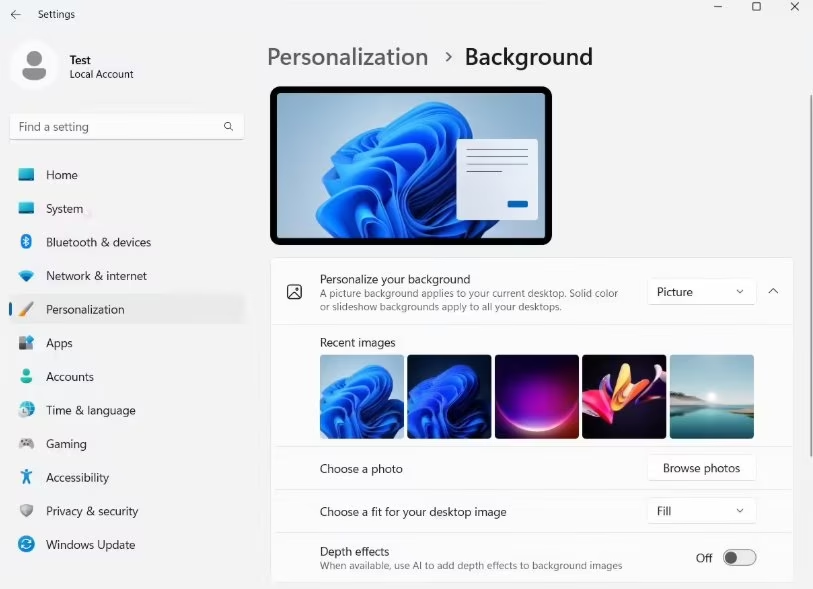
Microsoft has just unleashed the public preview of Deep Research within Azure AI Foundry. This powerhouse AI agent is engineered to automate complex research and analysis tasks. It cleverly combines Bing Search with OpenAI’s GPT series models to intelligently break down problems and precisely fetch information, massively boosting efficiency for both scientific research and business decisions. Plus, it supports API integration, making your research work a total breeze! Check it out for More Details. 🔥
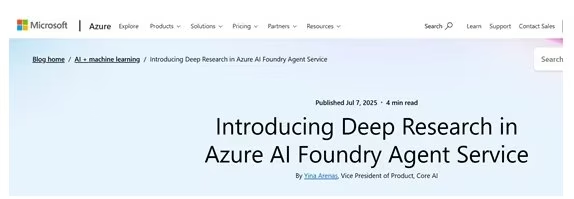
Cutting-Edge AI Research
Alibaba Group has just made a huge splash, unveiling its latest multimodal large language model, HumanOmniV2. This model is turning heads in the AI world thanks to its exceptional global context understanding and multimodal reasoning capabilities. It crushed Alibaba’s self-developed IntentBench test, achieving a stunning 69.33% accuracy. Plus, with its unique mandatory context summarization mechanism, it effectively tackles the “shortcut problem” common in traditional models when dealing with complex tasks, hinting at a seriously promising future in both consumer and enterprise AI applications. Want more info? Check out the ‘Model Address’ and ‘Model Address’.
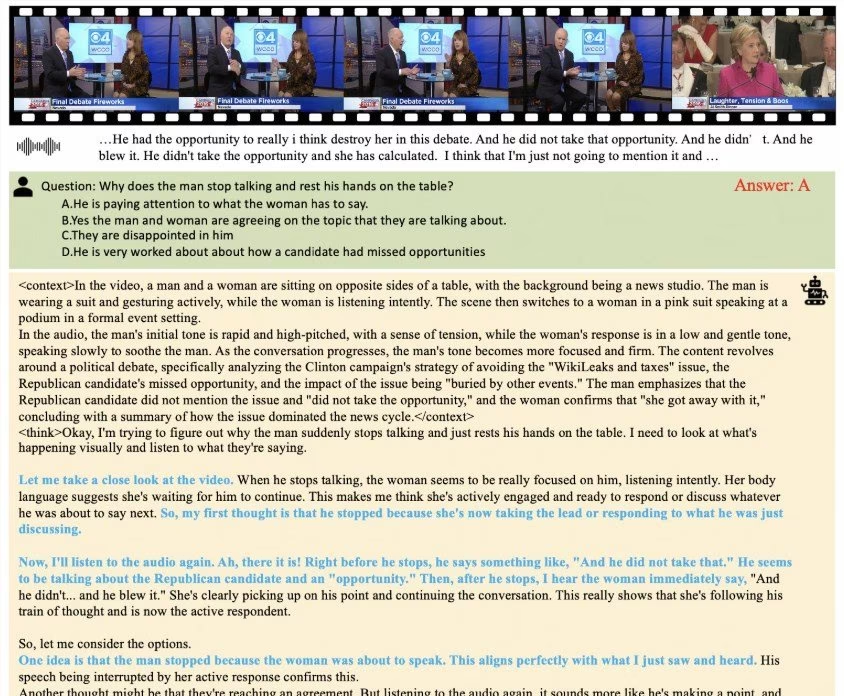
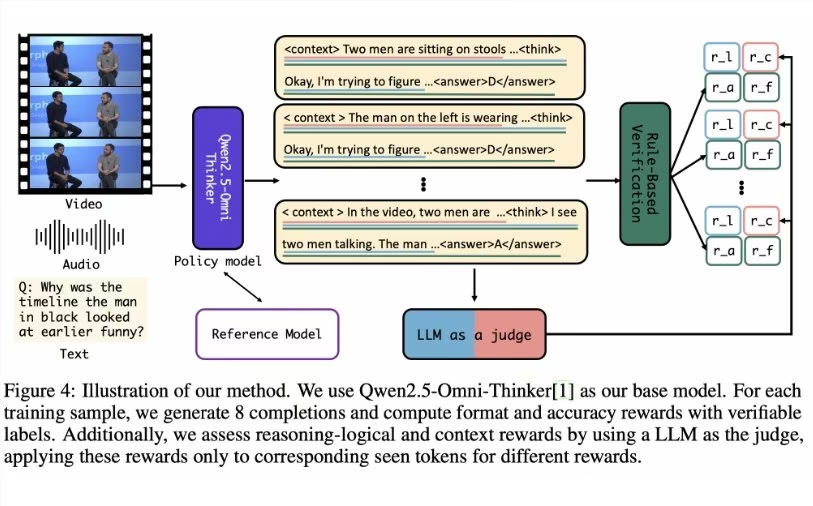
Researchers from Carnegie Mellon University and Cartesia AI have uncovered a mind-blowing secret! They found that with just 500 steps of training intervention, recurrent models can gain an incredible generalization ability to handle sequences up to 256k! This completely smashes through their previous limitations on long-sequence tasks. They’ve even proposed the “Unexplored State Hypothesis” to explain this phenomenon. This study, through a series of clever training interventions, significantly boosts the performance and stability of recurrent models, paving a whole new direction for their development in the deep learning world. Wild! 🤩
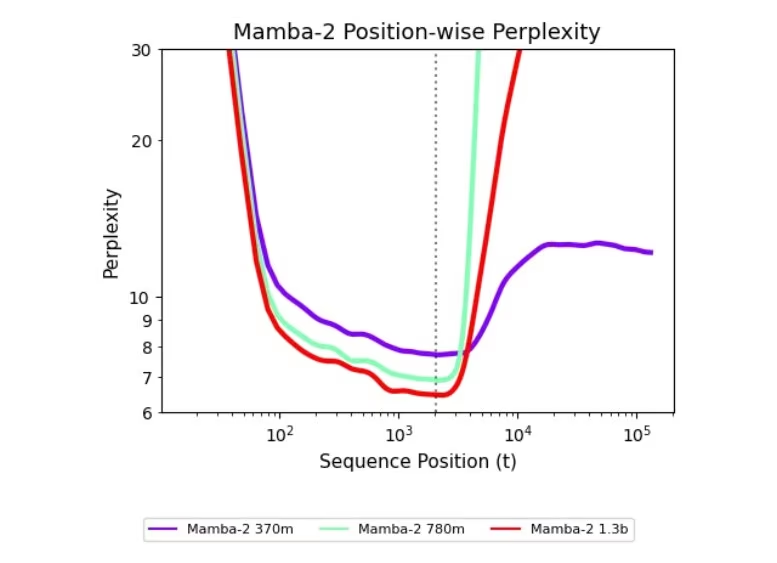
This research introduces AutoHDR, a brand-new automated method for historical document restoration. Along with it, they’ve released the first-ever full-page Historical Document Restoration Dataset (FPHDR), all aimed at tackling the limitations of current restoration solutions. AutoHDR boosts the OCR accuracy of damaged documents big time by mimicking a historian’s workflow, opening up new avenues for human-AI collaboration in preserving precious cultural heritage. The model and dataset are already open-source, so you can dive into the ‘Paper Address’ and ‘Model Address’ for more deets. 🚀
AI Industry Outlook & Social Impact
Startup Lovable is absolutely crushing it, hitting an astounding $80 million in annual revenue in just seven months, all thanks to its innovative “AI-native” work mode! Get this: half of their team members are AI-native employees, which is completely flipping the script on traditional tech company work paradigms. This model supercharges efficiency, letting ideas land quickly with AI’s help. It also signals that the rise of AI-native employees will profoundly impact future organizational structures and management models, making us seriously ponder those redundant job roles. Food for thought, huh? 🤯

So, ChatGPT made a hilarious oopsie, incorrectly suggesting that the Soundslice website supported ASCII guitar tab import. This led to a huge influx of users, forcing the developers to scramble and urgently build and launch a feature that originally didn’t even exist! This “mistake” sparked a hot debate among netizens, who unexpectedly saw it as a catalyst for innovative inspiration and technological advancement. Talk about a blessing in disguise – what a wild turn of events! 😂
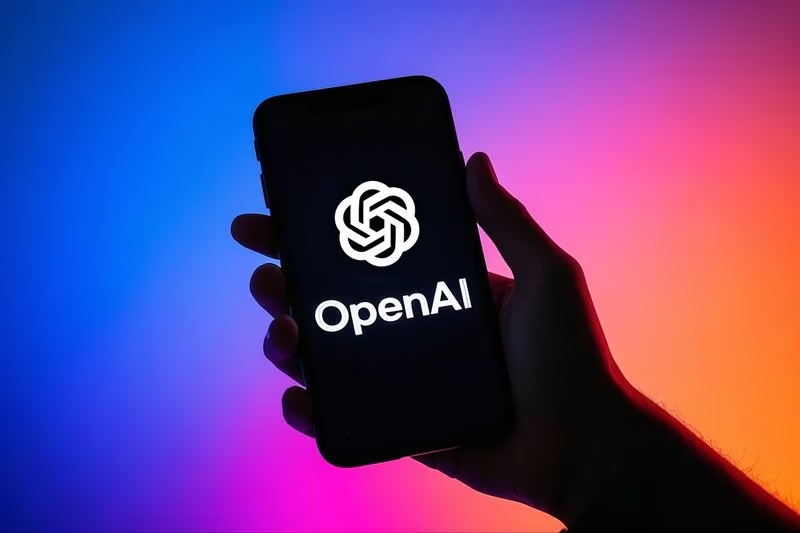
Shanghai recently dropped 17 new policies, aiming to supercharge the high-quality development of its software and information service industry and offer up to a 30% subsidy for top-notch AI projects. These policies are designed to slash business costs through computing power vouchers and other means, vigorously promoting large model applications and supporting AI code generation. The goal? To attract high-end talent and inject fresh vitality into the industry. Looks like Shanghai is pulling out all the stops! 🎉

Top Open-Source Projects
Google’s open-source MCP Toolbox for Databases is a game-changer designed to simplify how AI agents interact with SQL databases using the Model Context Protocol (MCP), ensuring efficient and secure integration. This bad boy lets you connect in less than 10 lines of Python code and comes packed with core features like connection pool management, authentication, and schema introspection, seriously boosting development efficiency. It’s truly a secret weapon for database integration! Check out the ‘Project Address’. 🔥

The “12-factor-agents” project (⭐7177) is all about exploring principles for building LLM-driven software that’s truly ready for prime time in production environments. It tackles the challenge of delivering high-quality large model applications to customers. Think of it as a practical guidebook, showing developers how to take LLMs from the lab straight into the real world! Pretty cool, huh? 🚀 ‘Project Address’
WebAgent (⭐1935), developed by Tongyi Lab, is a Web agent project specifically designed to tackle information retrieval problems. It includes modules like WebWalker, WebDancer, and WebSailor. This project offers robust support for building super efficient information retrieval systems, letting you cruise seamlessly through the ocean of information! Ready to dive in? Check out the ‘Project Address’. 🌊
Hands-On-Large-Language-Models (⭐11333) is the official code repository for the O’Reilly book “Hands-On Large Language Models.” It’s packed with resources to help readers get hands-on experience and gain a deep understanding of large language models. This project provides a ton of code examples for LLM learning and application, making it a true treasure trove for LLM enthusiasts! You definitely want to explore its ‘Project Address’. 💎
The GenAI_Agents (⭐13914) repository is a goldmine, bringing together various generative AI agent technologies with tutorials and implementations. It’s designed to give you comprehensive guidance from beginner to advanced levels for building intelligent, interactive AI systems. This project is loaded with valuable resources for developers eager to dive deep into and apply generative AI agents, helping you become an AI agent guru! Get started at the ‘Project Address’. 🚀
Japanese AI company Sakana AI has unveiled an innovative algorithm called AB-MCTS. This algorithm enables large language models (like ChatGPT, Gemini, and DeepSeek) to collaborate on problems just like a human team, achieving performance significantly superior to single models in benchmarks like ARC-AGI-2. This research clearly shows that combining the strengths of different models can tackle complex challenges more effectively. The algorithm is already open-source as TreeQuest, truly opening the door to a new era of AI collaboration! Want to check it out? Find more details at the ‘Project Address’. 🚀
Social Media Buzz
Baoyu recently dove deep on social media into the efficiency conundrum of AI-generated code. He reckons that while AI can seriously supercharge efficiency for certain tasks (like ClaudeCode whipping up a YouTube crawler in just an hour!), its efficiency boost for complex or “💩 code” applications is pretty limited. In fact, he warns it might even accelerate the creation of complicated code, simply because AI struggles to truly grasp requirements and its output quality sometimes just doesn’t hit the mark. Food for thought, right? 🤔 More Details.
wwwgoubuli believes that in many real-world scenarios, pre-arranged qualitative workflows are actually more convenient and practical than intelligent agents. This really highlights that workflow orchestration still holds a significant edge in specific applications. Something to chew on! 🤔 More Details
Guizang(guizang.ai) shared a stunning, high-quality long image generated using a “Master Zang” prompt! This really showcases the effective application of this prompt engineering technique in visual content creation. Seriously, they’re playing with AI like a boss! 🔥 More Details

Guizang(guizang.ai) pointed out that a particular piece of text was highlighted 98 times, which totally reflects a widespread consensus on a certain universal change. He also shared a previous chat he had with friends at the AGI Bar about AI’s impact on content creation and how to cultivate a “traffic sense.” He’s since compiled and published these insights, giving us all some serious food for thought. Deep stuff! 🤯 More Details

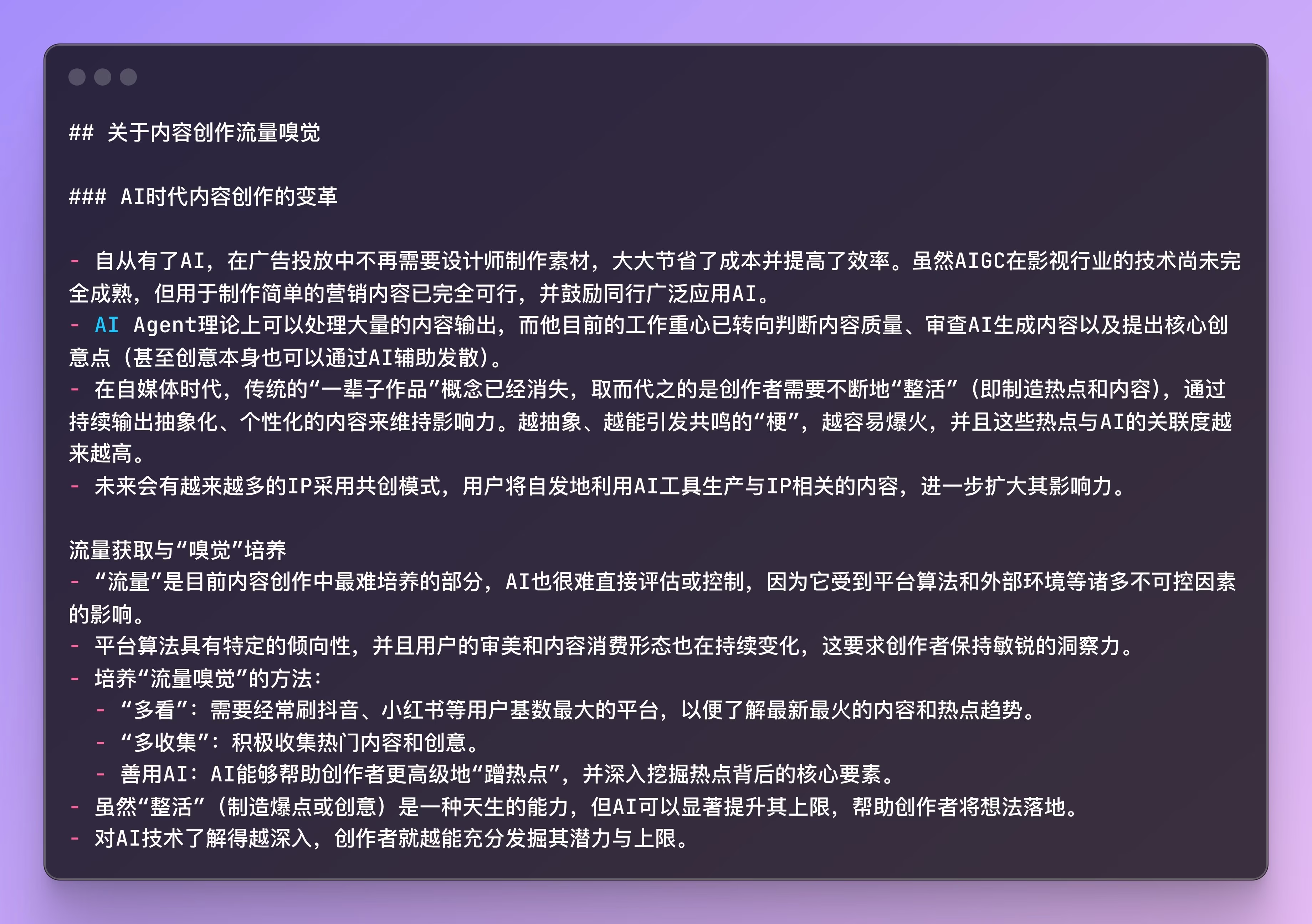
Elvis is totally raving about the combo of Gemini CLI and the MCP server! He thinks it crushes it in programming scenarios and also shines brightly in creative tasks like transcription and writing. He even dropped a video to show off its powerful features. You gotta check out the More Details! 🔥
Listen to the AI Daily Voice Edition
| 🎙️ Xiaoyuzhou | 📹 Douyin |
|---|---|
| Lai Sheng Bar | Self-media Account |
 |  |